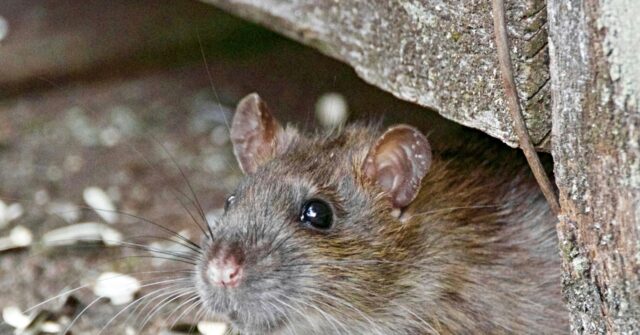Climate change is causing rat populations to spike in major cities around the world, according to a study by a team of biologists and experts in pest control.
The study, which inspected rat-related complaints, “found that increasing temperatures due to climate change are creating a ‘perfect rat storm,’” Euronews reported Monday.
The 19-person team responsible for the report studied changes in the rat populations in 16 major cities and determined that 11 of the cities — including Washington, DC, San Francisco, Toronto, New York City, and Amsterdam — had experienced a significant increase in the number of rats.
The team based its findings on the number of “public rat sightings” and inspection data in an attempt to “quantify changes in rat numbers for each city and to evaluate trends across cities,” while also acknowledging that the assertion that rat populations are growing is “untested.”
The study nonetheless confidently concluded that as human-induced climate change pushes temperatures higher, rat populations grow.
“The environmental variable that was most strongly linked to increases in rats was the change in temperature experienced by each city relative to long-term baseline average temperatures,” it stated.
“We’re seeing these increasing trends in rats in cities that are warming the fastest, probably because this is a small mammal that has physiological challenges in the cold weather months,” said Jonathan Richardson, lead author of the study and a biologist at the University of Richmond.
Three of the cities examined, however, namely New Orleans, Louisville and Tokyo, saw significant decreases in their rat populations despite rising temperatures.
“In New Orleans, they make a big effort to get out into neighborhoods and do educational workshops and campaigns to talk to residents about what makes a property less likely to have rats,” Richardson admitted.
Others have suggested that growing rat populations may have something to do with garbage in the streets and alleys, growing slum areas, and an increase in homeless people living in tent cities and under bridges.
Trash collection practices, which were not included in the study, have also been known to negatively or positively affect rat populations.
Read the full article here


